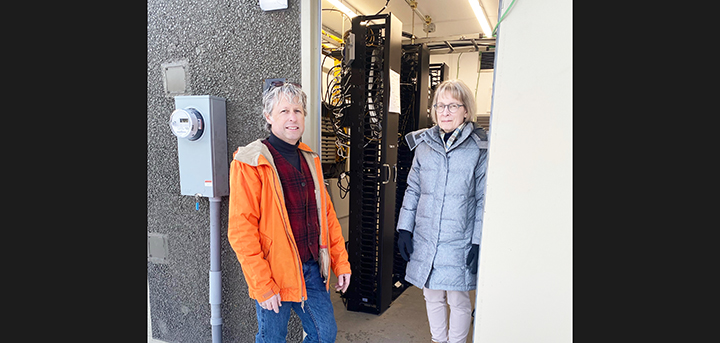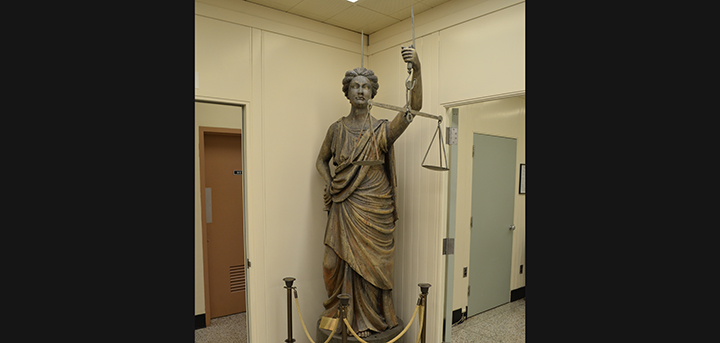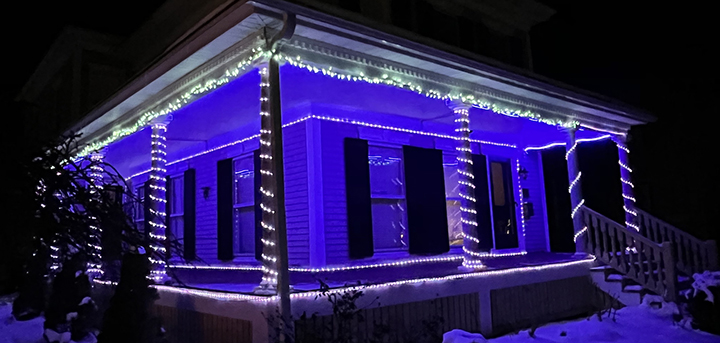GAO releases NYRI report
NORWICH – Building more high-voltage power lines may decrease electricity congestion, improve energy reliability and lower costs for utility consumers in high-priced, densely-populated areas.
However, new transmission projects like New York Regional Interconnect’s may also diminish rural landscapes, remove incentives to conserve energy in high-use parts of the country and lower property values and raise electricity rates where they’re built.
According to a report released Friday by the U.S. Government Accountability Office, those are some of advantages and disadvantages of adding new power lines to the nation’s electricity grid.
The report’s findings – gathered from GAO interviews with federal and state agencies, as well as environmentalists, energy stakeholders and private industry representatives – echo many of the arguments already brought forth by NYRI supporters and opponents in the two years since the controversial project was first introduced.
Congressman Michael Arcuri (D-Utica), who’s against NYRI, says unlike the speculation from those both for and against the 190-mile-long power line, the GAO report is an un-biased source that gives truth to much of the speculation surrounding the issue.













Comments